Mind-Blowing Images From the Field of Neuroscience
![]()
Although these images look as though they were created by an artist, they were actually taken by scientists trying to learn more about the human nervous system.
These stunning images were curated by The New York Times and are some of the very latest works from the field of neuroscience — the study of the nervous system with a primary focus on the brain.
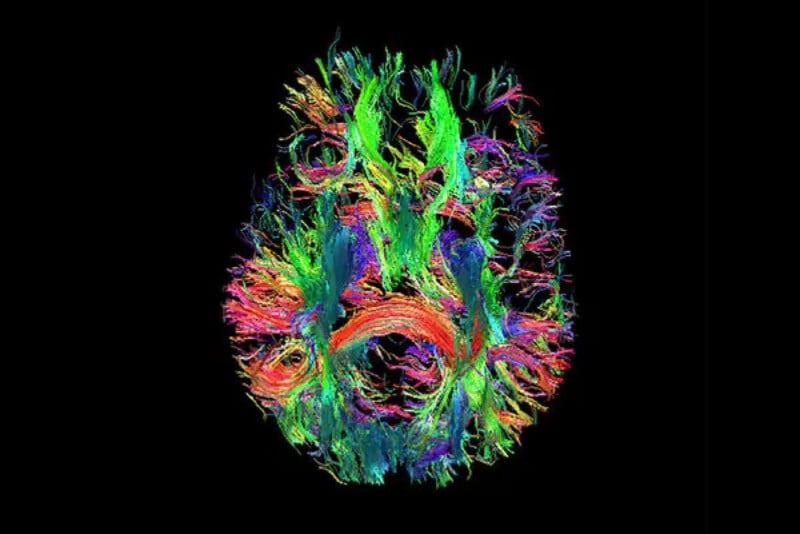
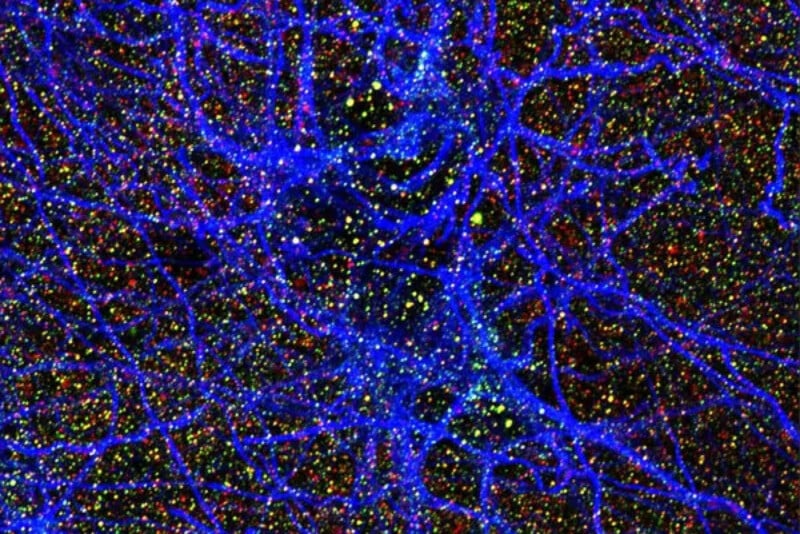
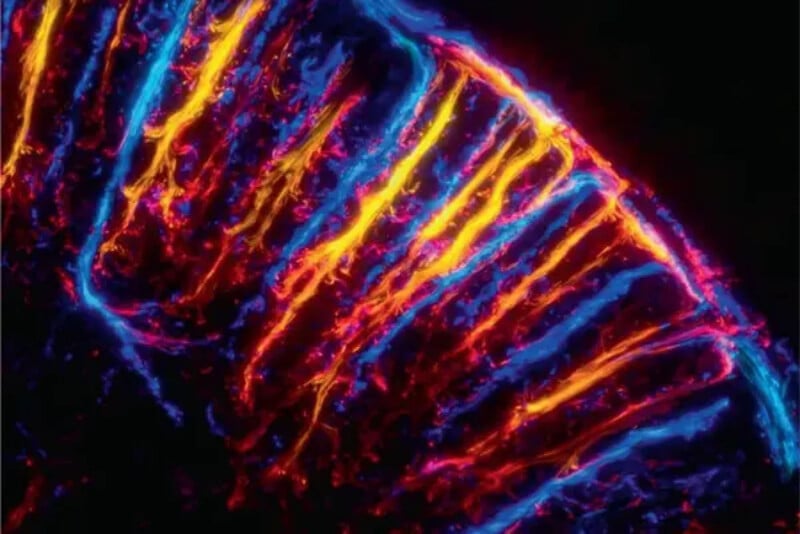
The video related to the image and the paper published in @naturemethods https://t.co/and6vpYEI1 pic.twitter.com/lhaym1wlSy
— Alexandre Dizeux (@AlexandreDizeux) December 26, 2023

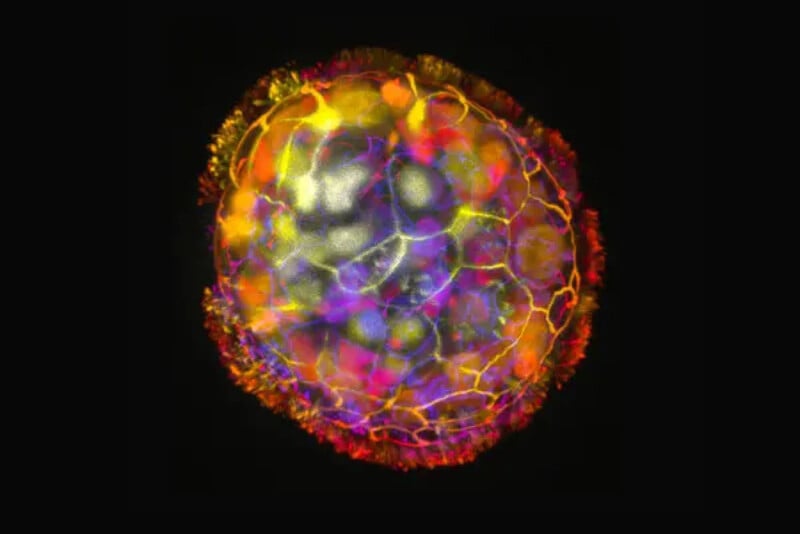
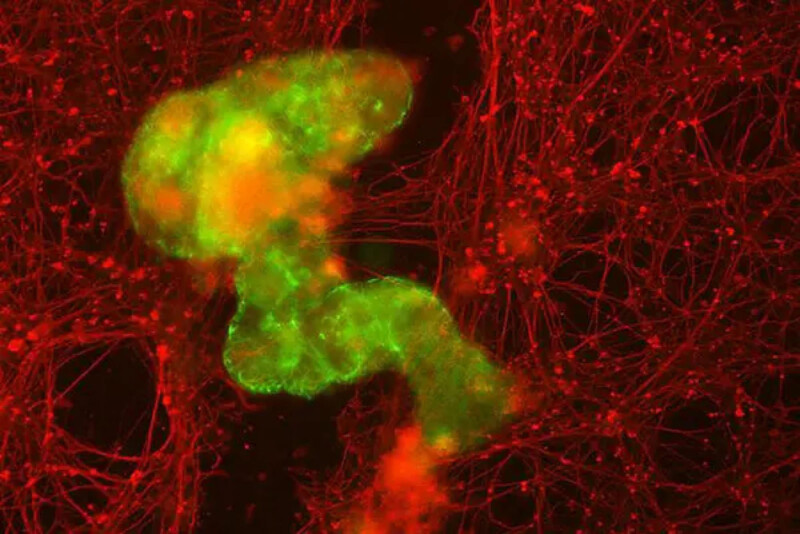
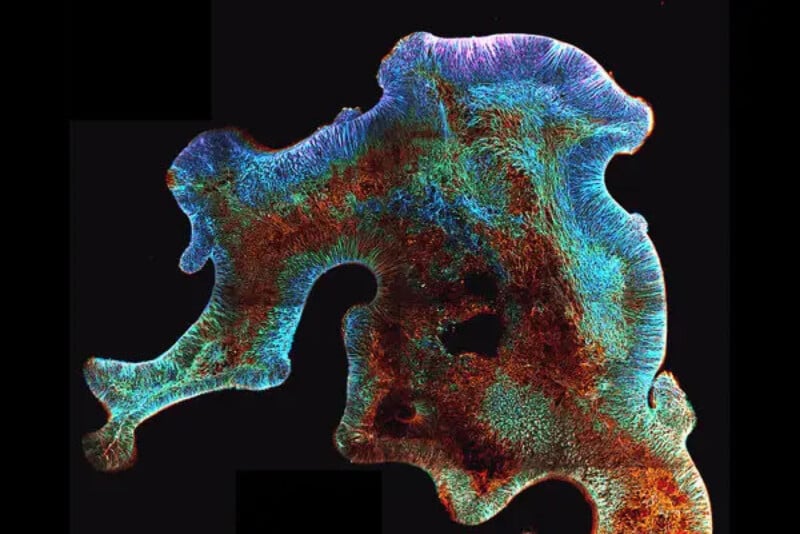
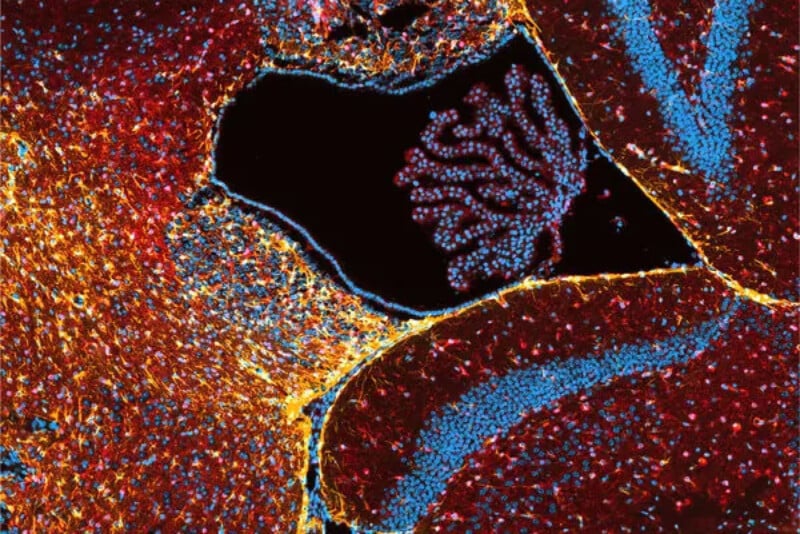
Discussion